One skill I am continuing to practise as I move towards whole-hearted connection is emotional literacy. Since I started this adventure, my emotional literacy has increased, however I know there is still more to go until it is embedded in my life and am pretty sure this work will continue as I grow. Subsequently, in this post I wanted to share –
- Why Develop Emotional Literacy?
- What is Emotional Baggage?
- What is Emotional Literacy?
- Starting to Practise Emotional Literacy, and
- The Attributes of An Emotionally Literate Person.
Why Practise Emotional Literacy?
Emotional literacy is the building block of emotional intelligence. Subsequently, when we develop our own emotional literacy we can access and develop important information about ourselves and others. Which then in turn helps us to process any emotional baggage we might have (don’t worry we all have it!).
What is Emotional Baggage?
Emotional baggage is the stored up, emotional reactions and responses from the past. Our emotional baggage is stored in our subconscious, which is mostly based on experiences from our past (mostly from childhood). And many of these experience and relationships consist of regret, fear, stress / trauma, grief and other challenging experiences. Without the skill of emotional literacy, emotions would remain stored up, stuck, confusing, misleading and impact on the relationship we have with ourselves and other people.
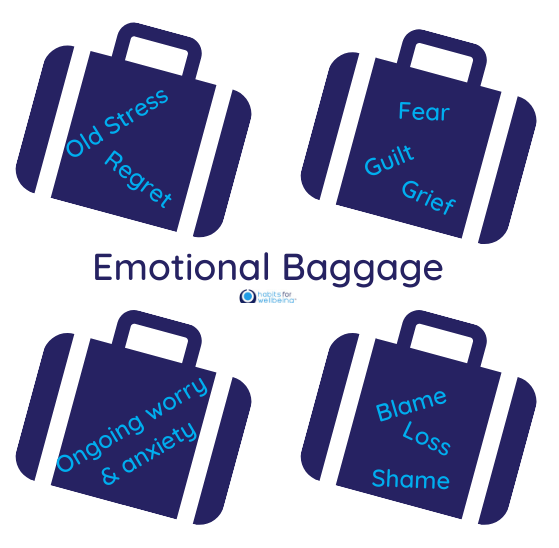
Side note – I also refer to emotional baggage as emotional weight as it often weighs us down (or maybe that is just me 🙂 This is one of the reasons why I chose to work with intuitive eating and not weight loss.
What is Emotional Literacy?
Just as learning to read and write begins with literacy of letters and sounds, learning to interpret and manage feelings begins with emotional literacy. The term “emotional literacy” was coined by Claude Steiner in 1979.
The definitions of emotional literacy include –
- “To be emotionally literate is to be able to handle emotions in a way that improves your personal power and the quality of your life and – equally important, the quality of the life of the people around you. Emotional literacy helps your emotions work for you instead of against you.” ~ Claude Steiner
- “… is not a mere unleashing of the emotions, it is learning to understand, manage and control them.” ~ Claude Steiner
- “Emotional literacy is the ability to put feelings in to words so that those feelings can be understood within some sort of psychological context.” ~ Tian Dayton
- “… lets us sort out all of those feelings, name them and begin to understand their causes and effects. It is the basic building block of emotional intelligence.” ~ Joshua Freedman
- “Emotional literacy helps us precisely identify and communicate our feelings. Naming them helps us identify our unmet needs; communicating them helps us identify those people who voluntarily assist us in meeting our needs. The key to emotional literacy is using simple, clear and direct three-word I messages like – ‘I feel sad.'” ~ Steve Hein
Starting to Practise Emotional Literacy
Personally, I recognised emotional literacy was a skill I needed to learn as I seemed to have missed those classes at school 🙂 I have spent many years developing them and I will continue to practise emotional literacy. What are the skills to start practising emotional literacy? Let’s see what the founder of emotional literacy identified…
Steiner (2003) identified the following principal skills to develop and practise emotional literacy –
- Knowing your feelings,
- Having a heartfelt sense of empathy,
- Learning to manage our emotions,
- Repairing emotional damage, and
- Emotional interactivity – putting it all together.
Attributes of An Emotionally Literate Person
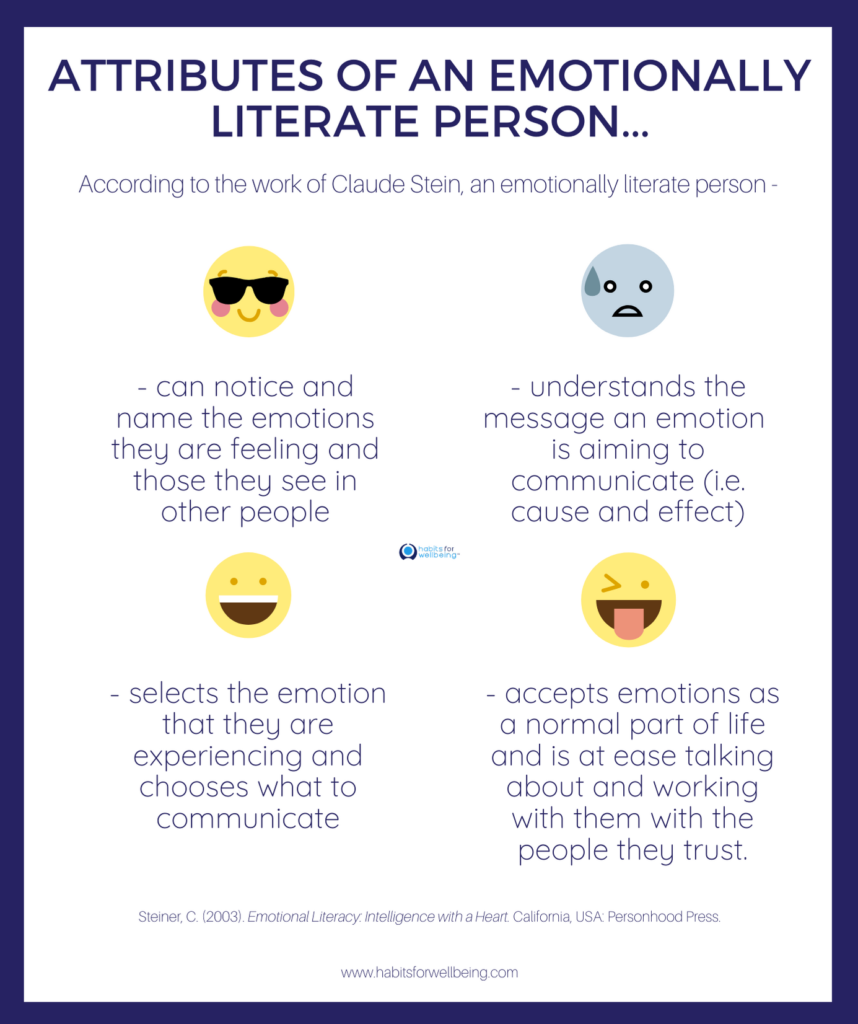
Over to You…
I hope this article has helped in some way about why I continue to practise emotional literacy. Are there any questions you have about practising emotional literacy? If so, please feel free to write them below in the comments section of contact us here.
If you are ready to reclaim your courage and take the next step towards freedom and opening your heart, why not join our Toolkit?
References –
Dayton, T. (2000). Trauma and Addictions: Ending the Cycle of Pain Through Emotional Literacy. Florida, USA: Health Communications Inc.
Freedman, J. (2012). At the Heart of Leadership: How to Get Results with Emotional Intelligence. California, USA: Six Seconds.
Hein, S. (2012). EQ for Everybody: A Practical Guide to the Developing and Using One’s Emotional Intelligence, USA: Steve Hein.
Steiner, C. (2003). Emotional Literacy: Intelligence with a Heart. California, USA: Personhood Press.
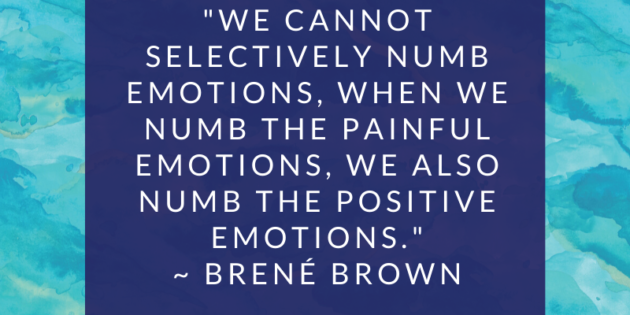
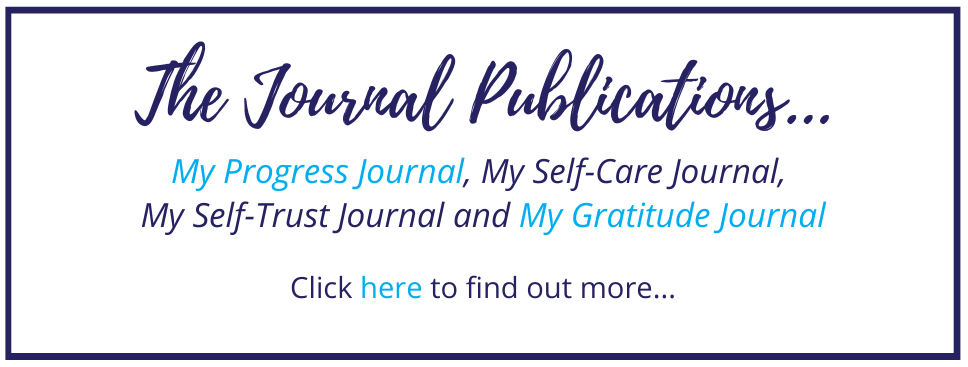

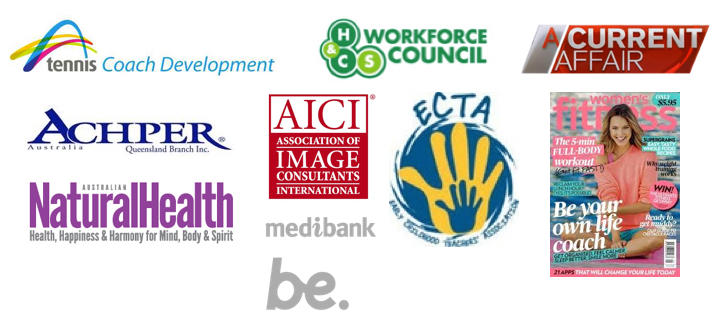
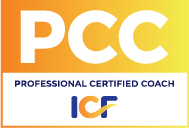
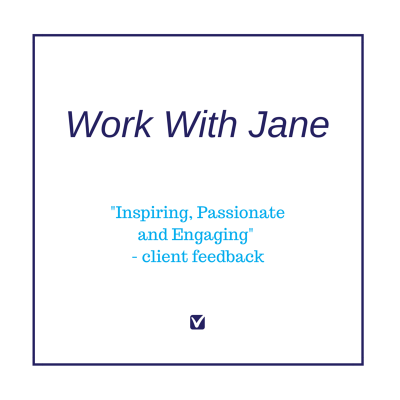





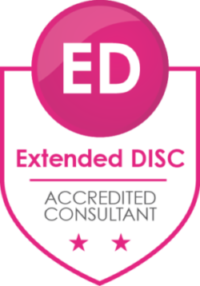

Leave A Response